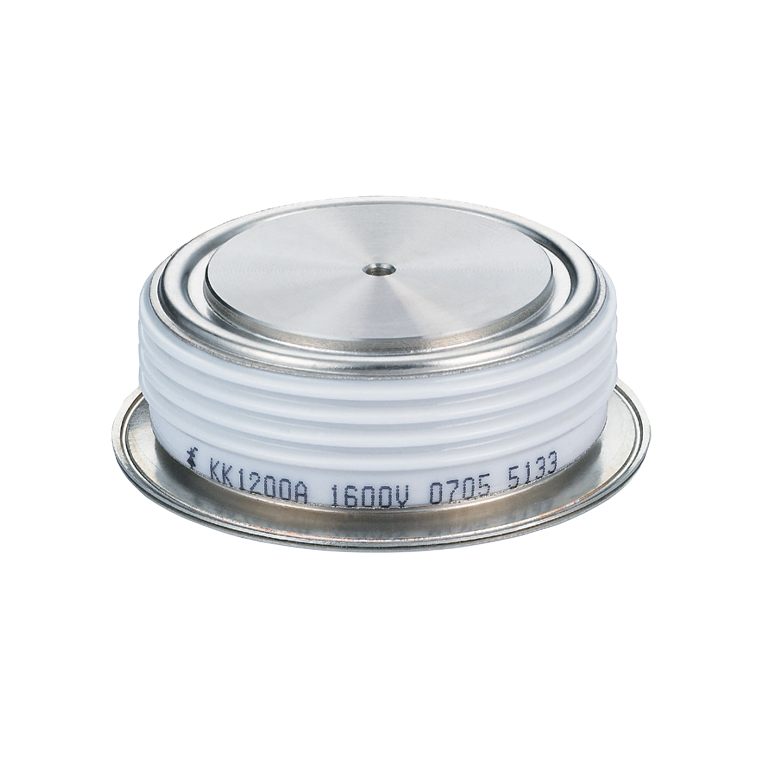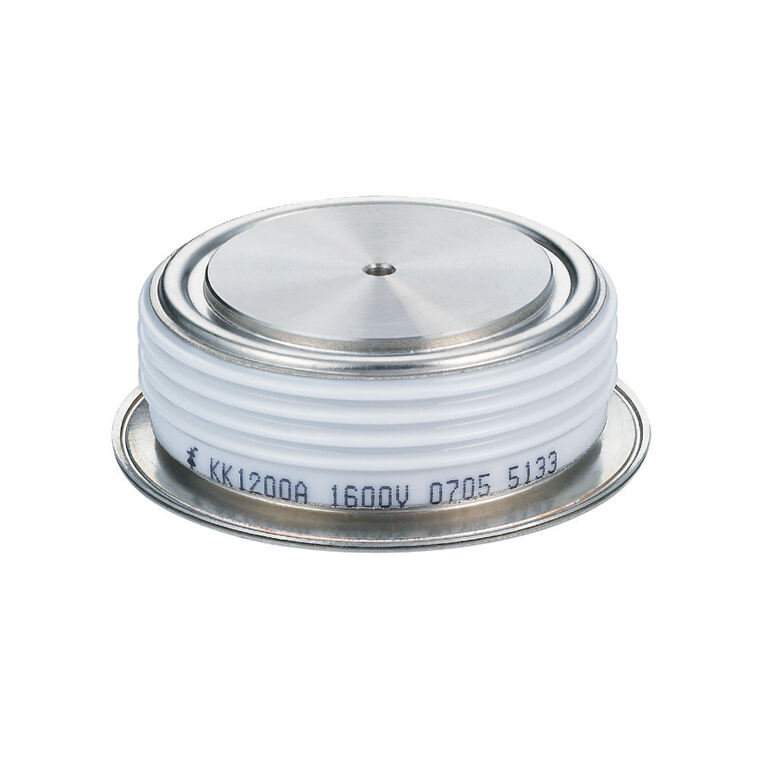cnc turning inserts types
CNC turning inserts are specialized cutting tools essential in modern machining operations. These precision engineered components come in various types including carbide inserts, ceramic inserts, and diamond inserts, each designed for specific applications. The main types are distinguished by their geometry, coating, and material composition. Carbide inserts, the most commonly used type, offer excellent wear resistance and cutting performance across a wide range of materials. Ceramic inserts excel in high speed machining of hardened steels and cast iron, while diamond inserts are specifically designed for non ferrous materials and composites. The geometry of these inserts varies from positive to negative rake angles, with options for chip breakers and wiper geometries. Modern CNC turning inserts feature advanced coating technologies such as PVD (Physical Vapor Deposition) and CVD (Chemical Vapor Deposition), which enhance tool life and cutting performance. These coatings can include multiple layers of materials like titanium nitride, aluminum oxide, and titanium carbonitride, each serving specific functions in the cutting process. The selection of insert type depends on factors including workpiece material, cutting conditions, and desired surface finish.


